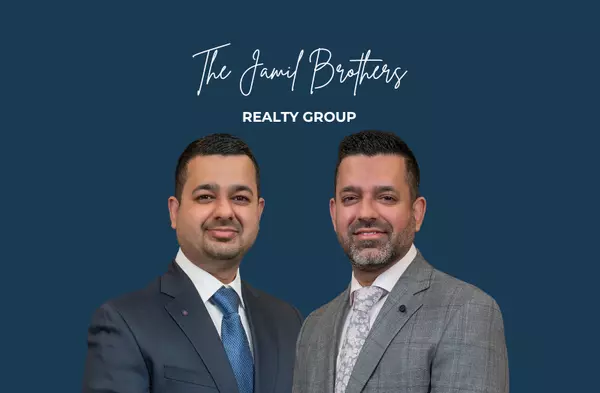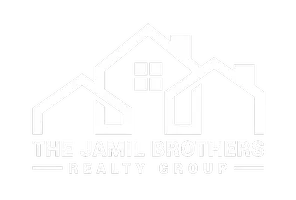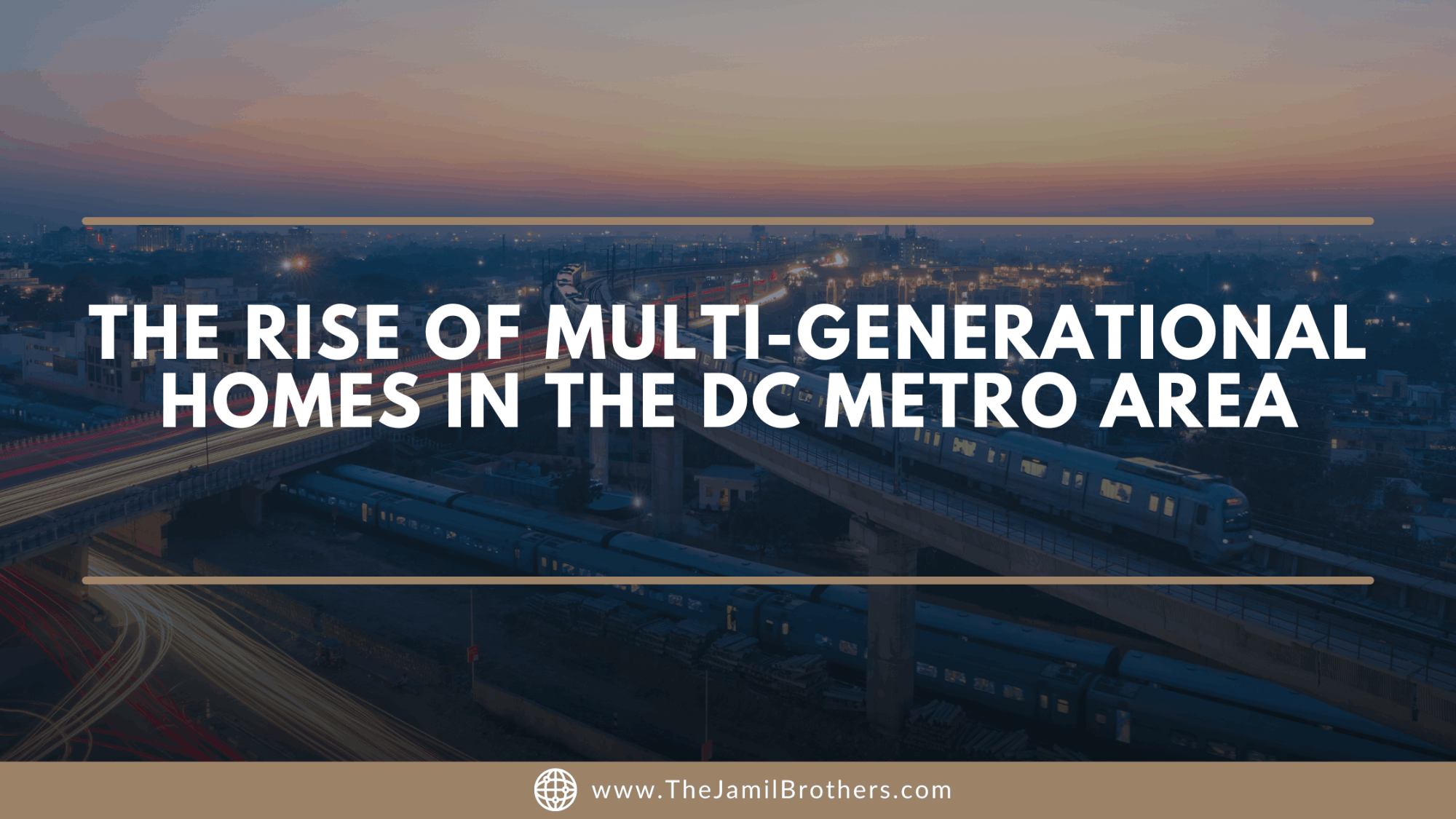The Rise of Multi-Generational Homes in the DC Metro Area
Why more families are choosing to live together and how it’s reshaping the local real estate market.
Across the DC Metro Area, the traditional idea of a nuclear family living alone in a single-family home is evolving. Multi-generational homes—where grandparents, parents, and children live under the same roof—are becoming increasingly common. Economic pressures, changing cultural norms, and lifestyle preferences are driving this trend, leading to significant shifts in home design, neighborhood demand, and local market strategies.
The rise of multi-generational homes impacts real estate choices, construction trends, and even community planning. Understanding this trend helps buyers find the right home, sellers maximize value, and investors anticipate demand for larger, flexible properties.
What Are Multi-Generational Homes?
Multi-generational homes are designed to accommodate at least three generations living together. These homes typically feature:
- Separate master suites or private living areas for parents or grandparents
- Dual kitchens or kitchenette spaces to allow for independent cooking
- Multiple bathrooms to ensure privacy and convenience
- Flexible common areas that support shared family activities
- Home office or study spaces for remote work or school-aged children
In the DC Metro Area, multi-generational homes are more than just larger houses—they are thoughtfully designed to balance privacy, independence, and togetherness.
Why Families Are Choosing Multi-Generational Living
Several factors are driving the popularity of multi-generational living in the DC Metro Area:
- Financial Efficiency: With housing prices in Northern Virginia and parts of Maryland reaching record highs, combining households allows families to pool resources, reduce mortgage and utility costs, and manage expenses more effectively.
- Support for Aging Parents: Many families want to provide care for elderly relatives while maintaining a level of independence. Multi-generational homes allow parents or grandparents to live close by without sacrificing privacy.
- Childcare Benefits: Grandparents can provide regular childcare, enabling parents to focus on work commitments, save on daycare costs, and maintain work-life balance.
- Cultural Traditions: Multi-generational living is often rooted in cultural values that prioritize family cohesion and intergenerational support, especially among Asian, Hispanic, and African American communities in the DC Metro Area.
- Remote Work Flexibility: The rise of remote work has increased demand for homes with multiple offices, quiet study spaces, and flexible layouts that support everyone’s work and school needs.
Impact on the DC Metro Housing Market
Multi-generational living is reshaping housing trends across Fairfax, Loudoun, Montgomery, and Prince George's counties. Builders and developers are responding with:
- Homes with in-law suites or separate entrances for privacy
- Open-concept kitchens and living areas that can be partitioned for independent use
- Extra bedrooms, bathrooms, and storage space to accommodate larger households
- Outdoor spaces suitable for family gatherings across generations
For realtors, multi-generational homes often sell faster due to strong demand, and they frequently command higher resale value compared to standard single-family homes. Investors are also starting to see the long-term potential of properties designed for extended families.
Tips for Buyers Considering Multi-Generational Homes
If you’re exploring multi-generational living, here are strategies to make the experience successful:
- Evaluate the needs of each generation carefully: privacy, accessibility, and lifestyle preferences matter.
- Prioritize neighborhoods with strong schools, parks, and family-friendly amenities.
- Look for flexible floor plans that can evolve as family needs change over time.
- Consider long-term financial sustainability, including higher utility and maintenance costs.
- Work with a realtor experienced in multi-generational homes to navigate zoning laws, renovations, and resale value.
Why This Trend Is Likely to Continue
Rising home prices, an uncertain economy, and evolving family dynamics indicate multi-generational living is here to stay. Families recognize the financial, social, and emotional benefits of living together. This trend is not limited to any one neighborhood—Northern Virginia, Maryland suburbs, and even parts of DC are all seeing increased interest in larger homes that accommodate extended families.
Developers, realtors, and investors who understand this demand are positioning themselves for success, building homes that meet these evolving needs while offering both privacy and communal living options.
FAQs
A: Multi-generational homes in this region typically range from 3,000 to 5,500+ square feet, depending on the number of bedrooms, bathrooms, and private living areas.
A: Yes, due to larger square footage and additional features, but combining households can make living more affordable overall by sharing costs.
A: Areas in Fairfax County, Loudoun County, Montgomery County, Prince George's County, and select DC suburbs with larger homes, family-friendly amenities, and good schools are ideal for multi-generational households.
Categories
Recent Posts



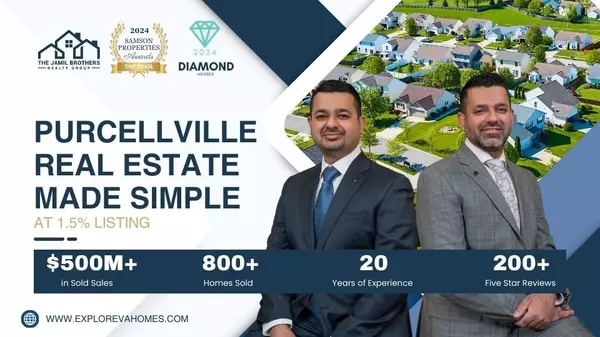
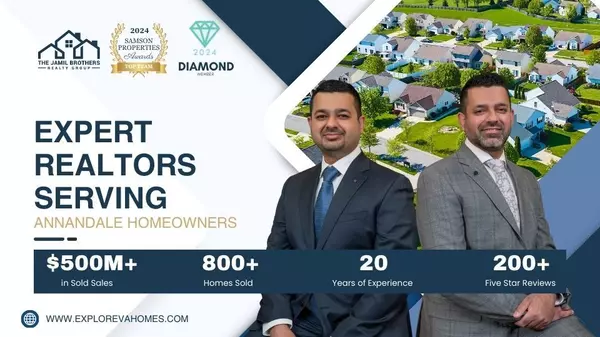

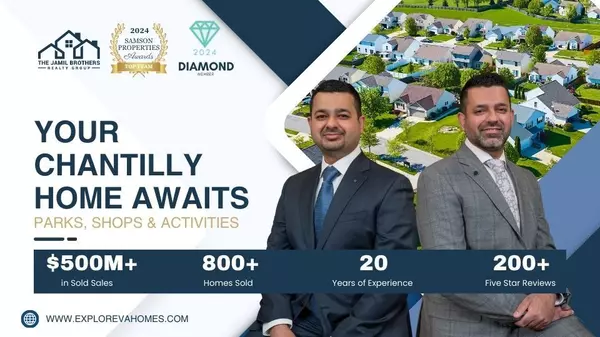
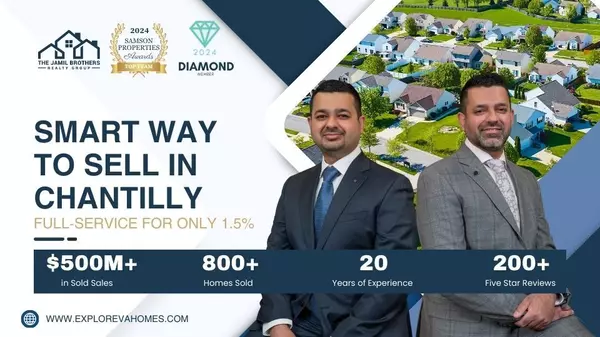

Let's Connect
